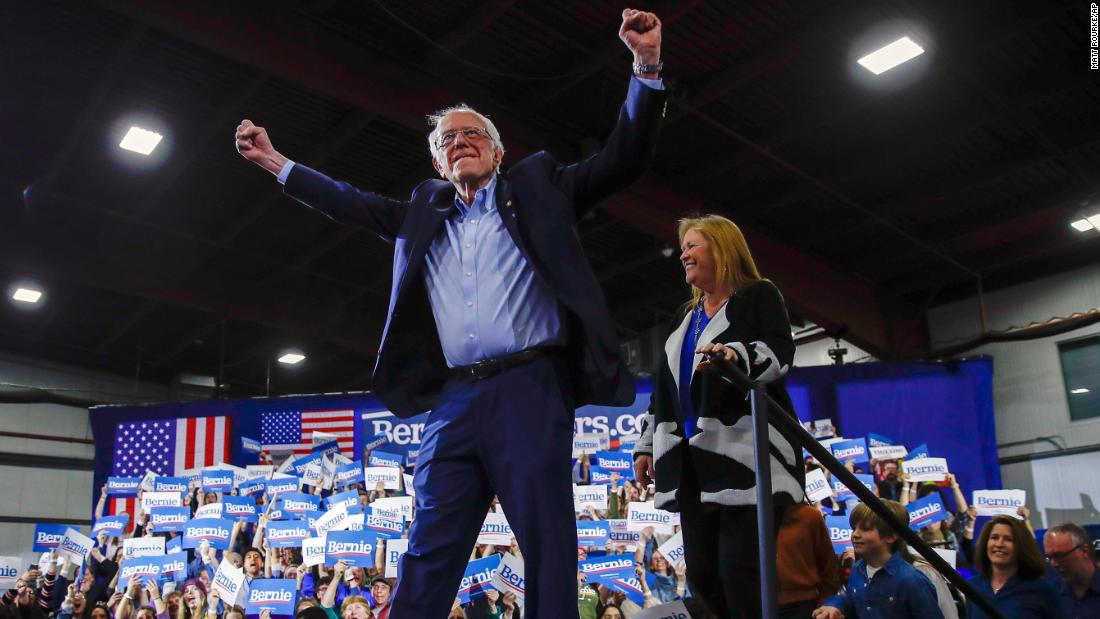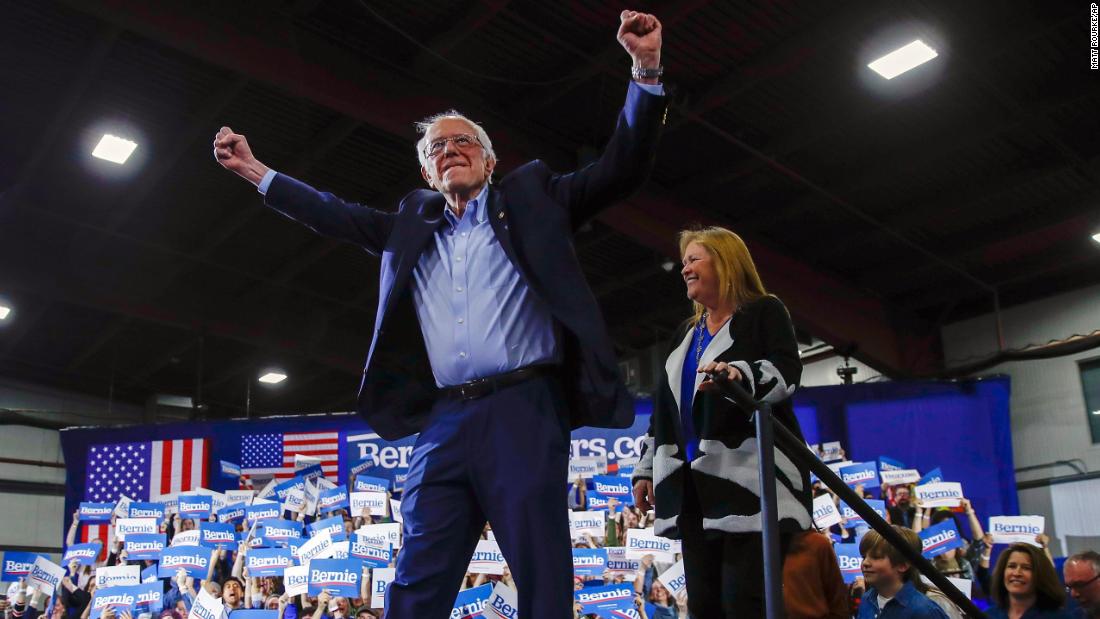[ad_1]

But in an odd twist of politics, he’s doing it with a lot less support.
There are so many differences between 2016 and 2020 that it’s hard to compare the two.
It’s clear from exit polls and results in the primary so far that Sanders’ base of support has shrunk rather than expanded in the four years since he last ran for President, even as his political power has grown.
“He underperformed in Iowa and New Hampshire. He won 86% of the vote in Vermont against Hillary Clinton in 2016. He’s getting 57% tonight,” said David Axelrod, the CNN political analyst who worked on Barack Obama’s winning campaigns.
Axelrod pointed out that Sanders took every delegate out of his home state of Vermont in 2016. This year, he got about 51% (with 99% of the vote reported), which means Joe Biden will get some of his home state delegates.
“Bernie Sanders is not growing here. He is not building on what he did before, and that would be a big concern,” Axelrod said.
A few weeks ago, after Sanders victories in New Hampshire and Nevada, it appeared he could put the nomination away on Super Tuesday. But it’s now clear this delegate fight will go on and on with Sanders unable to break through a ceiling.
Bernie 2016 vs. Bernie 2020
- Sanders won New Hampshire with more than 60% of the vote in 2016. He won with 25.6% in 2020.
- He got 35% in Virginia in 2016. He got 23% in 2020.
- He got 41% in North Carolina in 2016. He was at 24% there in 2020 with more than 80% of the expected vote reported.
- Sanders won Minnesota in 2016, although it was a caucus that year. With a primary in 2020, he lost to Biden.
- He won Oklahoma in 2016. He lost it in 2020.
Where is the youthquake?
Sanders promises he will create a new coalition of young people and minorities who want their government to do more for people.
But young voters, a traditional Democratic constituency, continue to show up far less in the primary than other age groups. In fact the portion of voters in the 17 to 29 age category that Sanders routinely wins, was down.
In North Carolina in 2016, 18% the Democratic primary voters were 17 to 29. It was down slightly as a proportion of the primary vote in 2020, according to early exit polls. In Oklahoma, it was 12% in 2016, in the same ballpark as 1 in 10 in 2020, according to early exit polls.
He won 58% of political independents in 2016 in North Carolina. He got about 40% of them in 2020, according to early exit polls.
He won 69% of independents in Oklahoma in 2016 and just around 3 in 10 of them in 2020.
He is gaining support in one very important place
But while Sanders has underperformed in many areas, he has, contra Axelrod, grown in one way that is extremely important to Democrats: support among Latinos, a key constituency in states Democrats would like to win.
Sanders has won Latino-heavy states he lost in 2016.
- In 2016, he lost Nevada. In 2020, he won.
- In 2016, he lost Colorado. In 2020, he won.
- In 2016, he lost Texas by a wide margin. In 2020, he and Biden are about even. Biden had a slight edge with two-thirds of the vote reported.
Hillary Clinton won 71% of Latino voters in Texas in 2016 and Sanders got just 29% (they were 32% of Democratic primary voters that year).
In 2020, Sanders won almost half of Latino voters in Texas. He won half of Latino voters in Nevada in February, similar to the 53% he won there in 2016.
There were no exit polls in California or Colorado in 2016, but it’s worth noting that in Colorado in 2020, Sanders won almost half of non-white voters, and a large portion of them in Colorado are Latino.
And regarding California, he won about half of Latino voters there in 2020. California’s primary in 2020 is hard to compare to 2016 since four years ago it fell on the final day of primary voting, after Clinton had already amassed enough delegates to win the nomination. She won California. This year, obviously, the fight is far from over, and Sanders leads there, although with less than 30%.
[ad_2]
Source link

